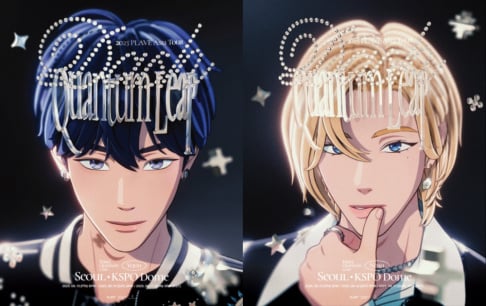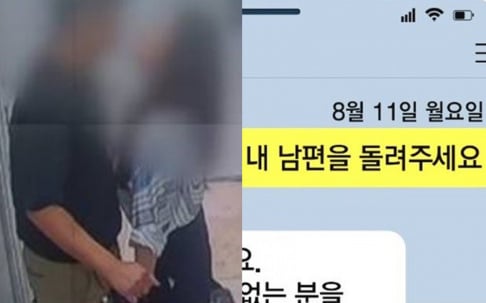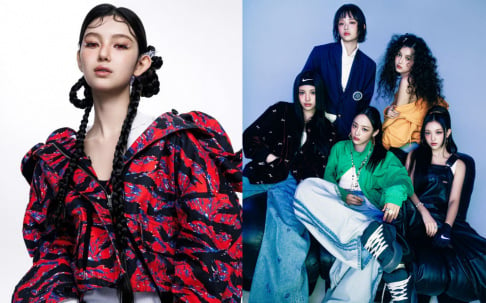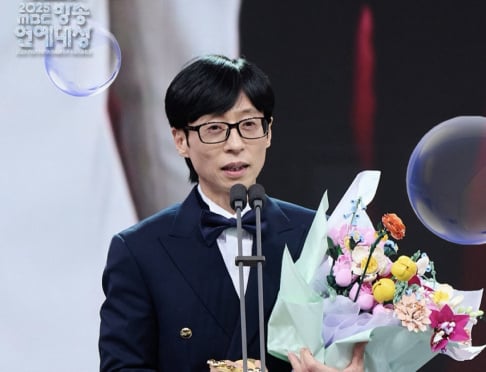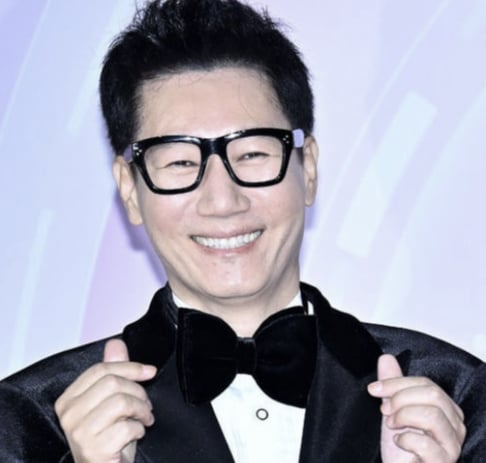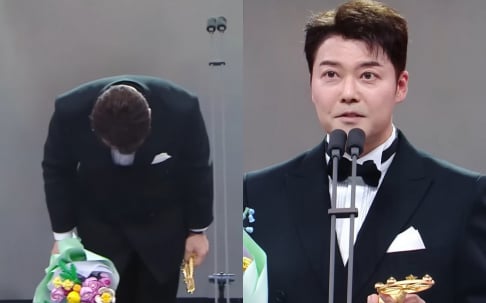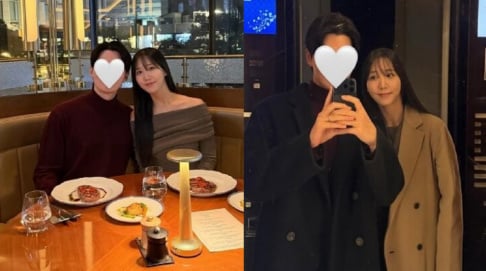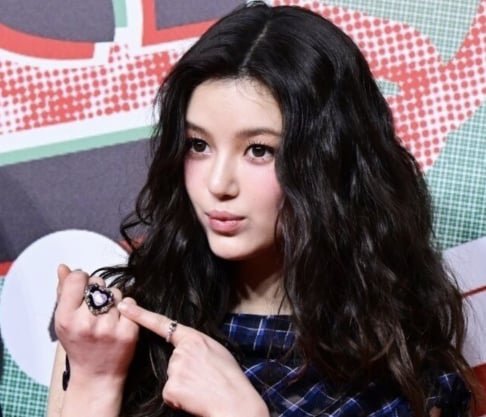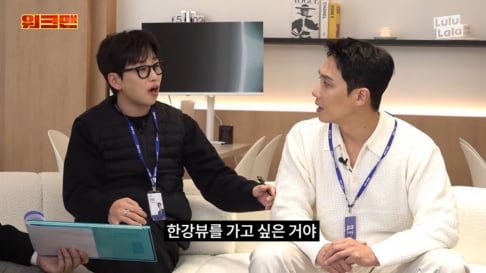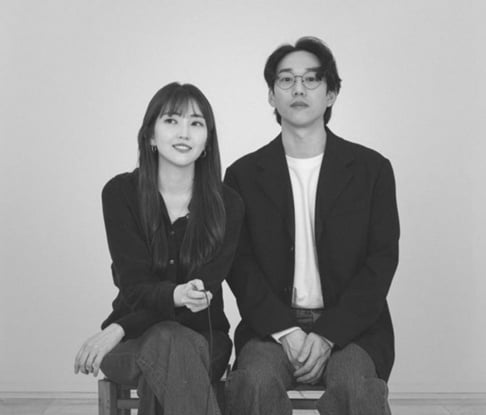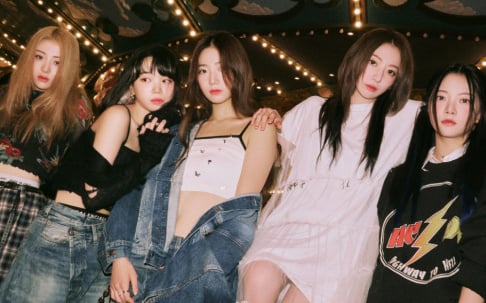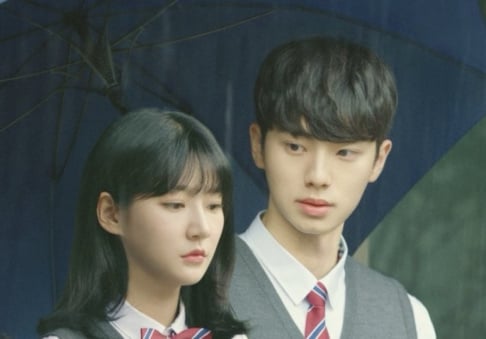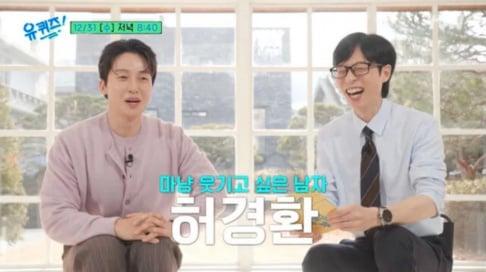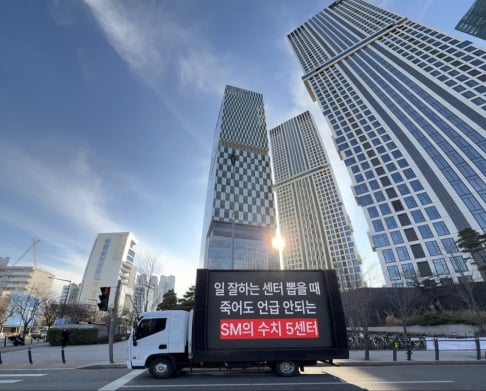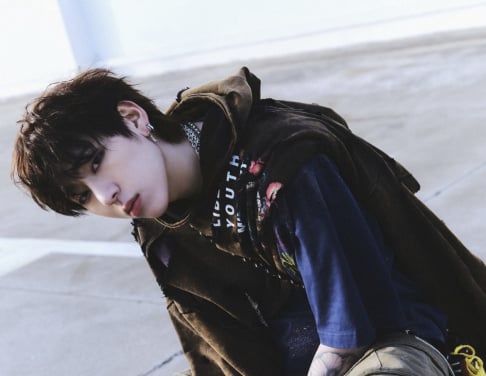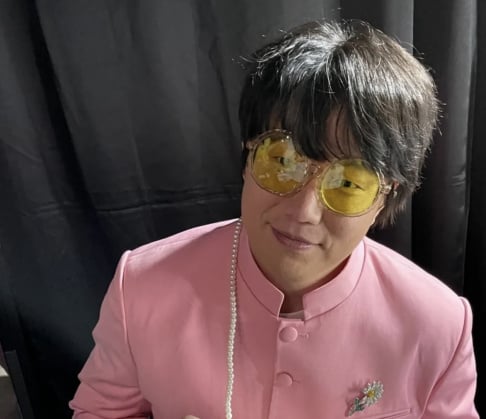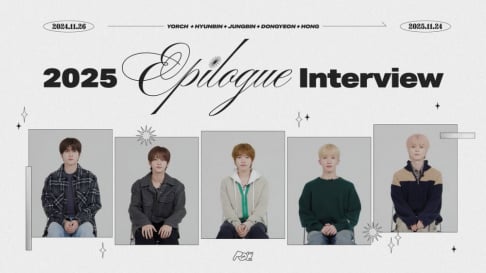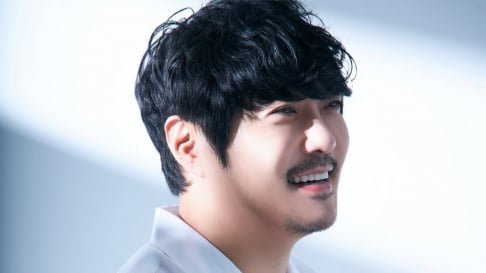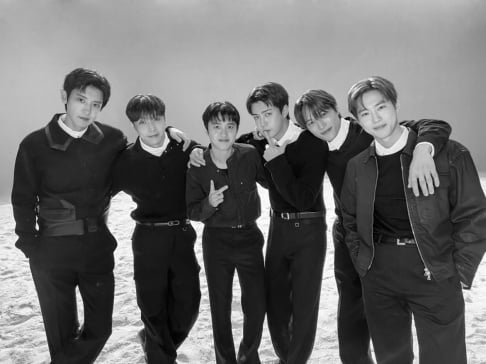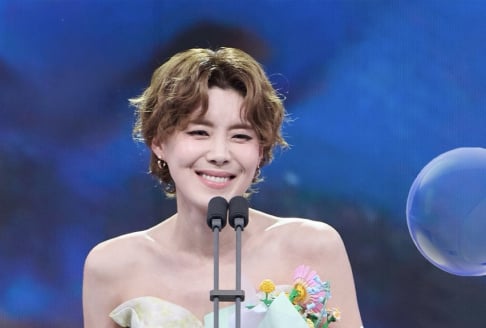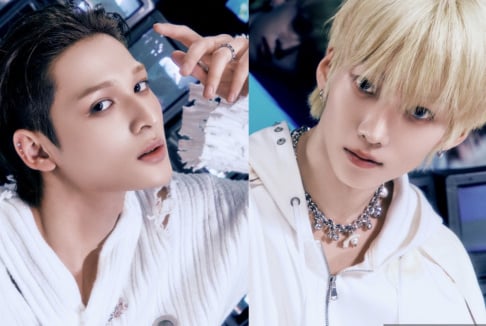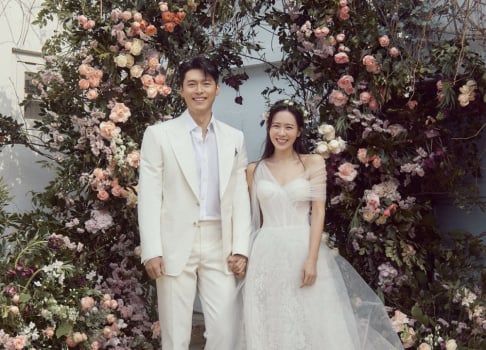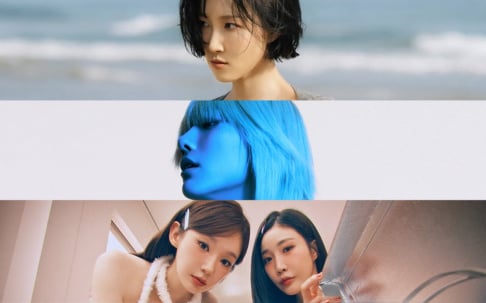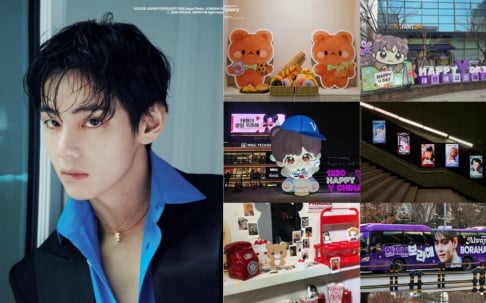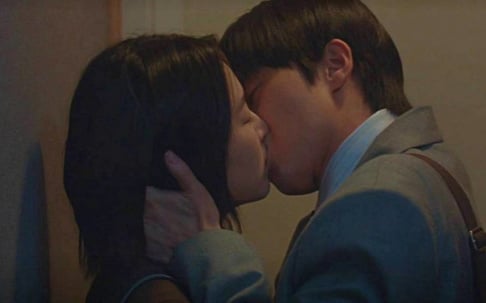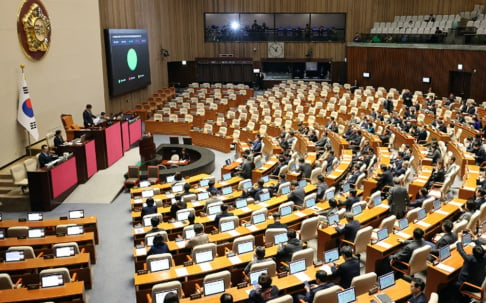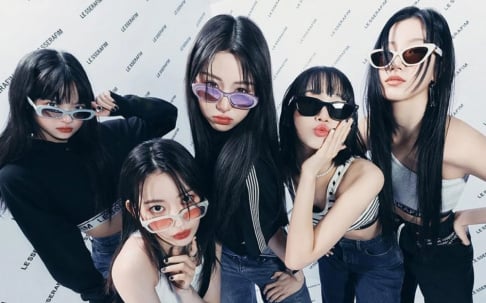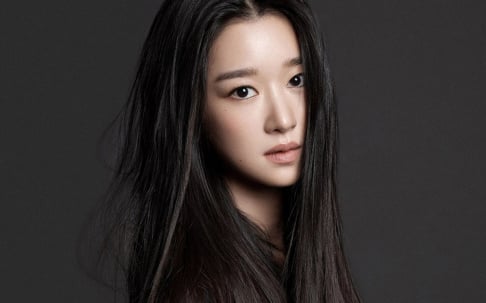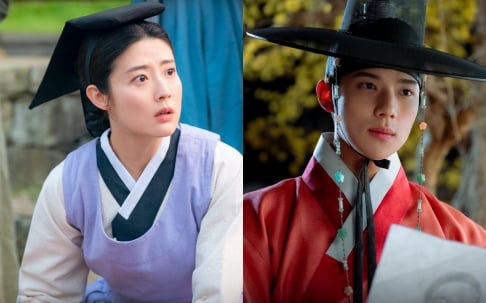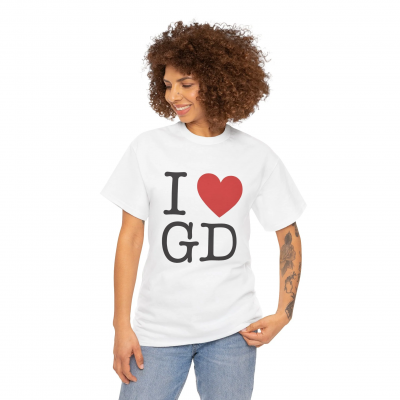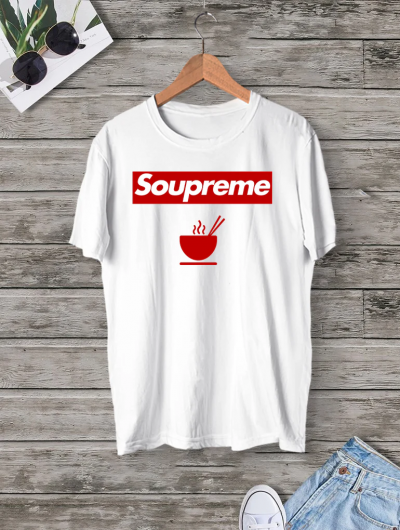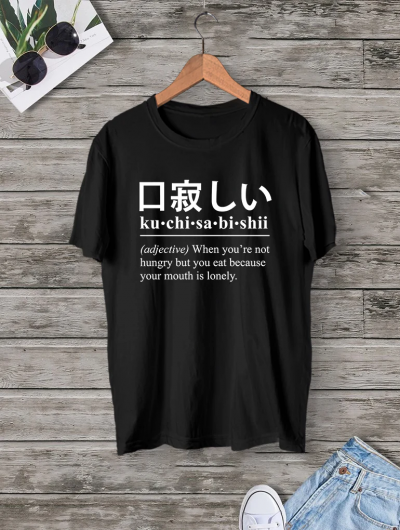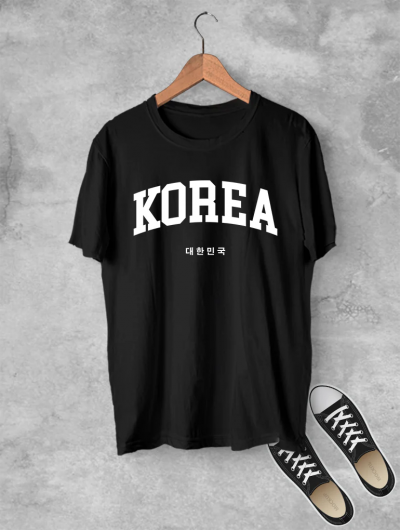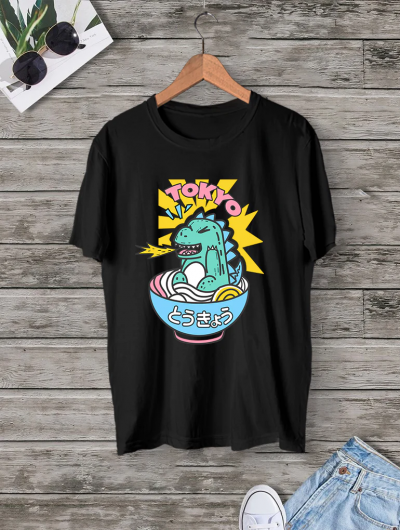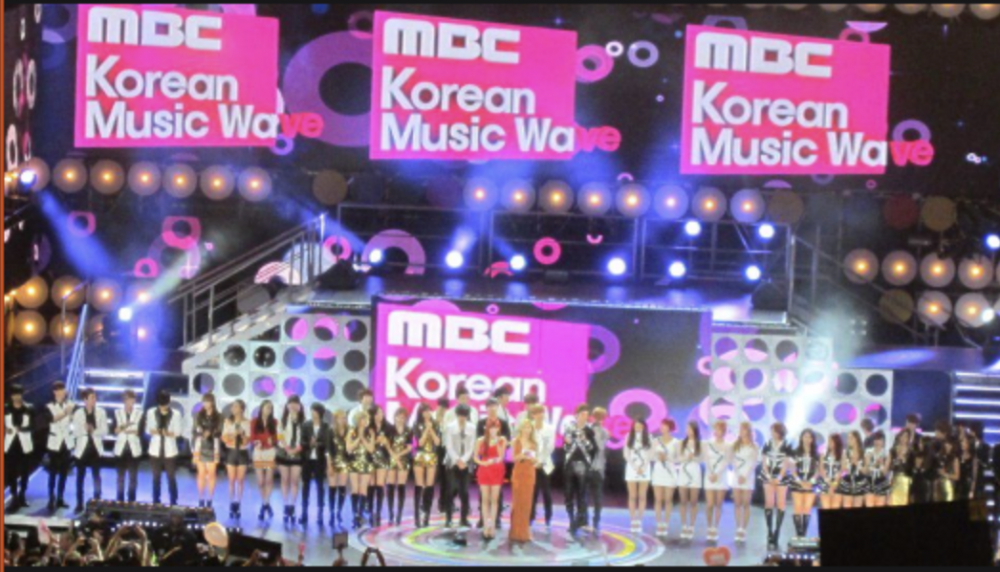
For second and third generation K-pop fans, grabbing one ticket and seeing dozens of groups on the same stage wasn’t a rare treat; it was the standard. Legendary events like Dream Concert and massive shows such as MBC’s Music Wave in California brought rookies and veterans together. Fans waved a rainbow of light sticks, creating an atmosphere that felt like a true celebration of the entire industry.
These weren’t just concerts, they were milestones where fandoms united, idols interacted across groups, and special collaborations became unforgettable classics.
Why are they disappearing?
One major reason is scheduling. Today’s groups tour almost year-round, making it far harder to line up multiple major acts for a single date than it was in the 2000s and early 2010s. Companies also lean toward their own family concerts, like HYBE’s Weverse Con or SMTOWN Live, keeping revenue and branding in-house instead of collaborating with other agencies.
Fan culture has shifted, too. Many fans now prefer solo tours dedicated entirely to their group, rather than sharing the spotlight with others. Ticket prices also play a role, as the cost of a single multi-artist ticket can be just as high as that of an exclusive group concert. For many fans, it makes more sense to invest in the group they love most instead of splitting their attention.
Even the big year-end festivals have shifted. What used to be iconic live stages are now mostly pre-recorded for broadcast or streaming, losing the thrill of a real-time performance.
While multi-artist concerts haven’t completely disappeared, they are fading fast. For longtime fans, it feels like the end of an era. But as K-pop’s global scale continues to expand, the industry is choosing formats that better fit today’s market.
SEE ALSO: aespa faces criticism over their '2025 MMA' red carpet outfits
 SHARE
SHARE

